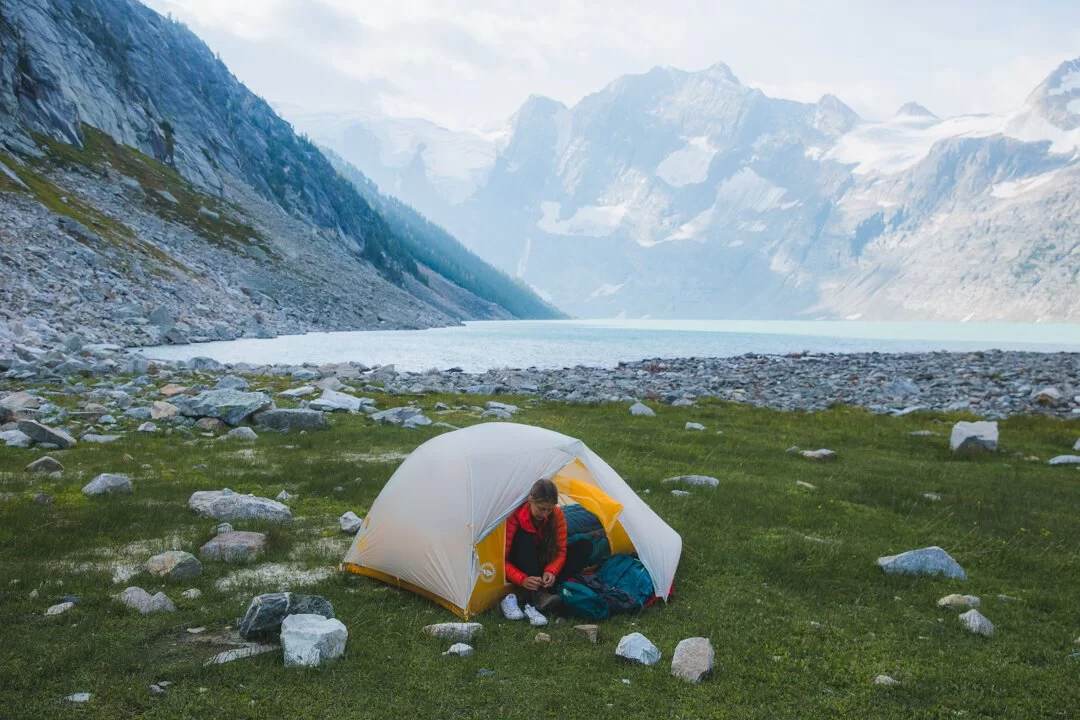How to Camp in the Backcountry
- Preparing for Backcountry Camping
- Choosing a Remote Camping Location
- Essential Gear for the Backcountry
- Safety Tips for Wilderness Camping
- Leaving No Trace Principles
Preparing for Backcountry Camping
Preparation is key when planning a backcountry camping trip. Start by researching the area you intend to visit, including weather conditions, wildlife, and local regulations. Obtain the necessary permits if required.
Plan your route carefully and inform someone of your itinerary. Always pack enough food, water, and supplies to last longer than your intended stay, just in case of unexpected delays.
Choosing a Remote Camping Location
Look for areas that are secluded but accessible and provide natural shelter, such as near a tree line or a rock outcrop. Avoid camping in low-lying areas prone to flooding or close to wildlife trails.
For stunning locations and tailored camping experiences, consider visiting Pine Cliff Resort, where you can find guidance on exploring pristine backcountry spots.
Essential Gear for the Backcountry
Invest in high-quality, lightweight gear to make your trip more enjoyable. This includes a durable tent, a sleeping bag rated for the expected temperatures, a portable stove, and a water filtration system.
Don’t forget essentials like a first-aid kit, navigation tools, a multi-tool, and appropriate clothing for layering. Always carry a whistle and a fully charged power bank for emergencies.
Safety Tips for Wilderness Camping
Backcountry camping requires a heightened focus on safety. Keep your food stored in bear-proof containers or hang it out of reach of animals. Stay aware of your surroundings and keep a safe distance from wildlife.
Practice fire safety by using established fire pits when available, and always carry a means of extinguishing flames. Familiarize yourself with basic first aid and wilderness survival techniques before your trip.
Leaving No Trace Principles
Respect nature by adhering to the Leave No Trace principles. This includes packing out all trash, minimizing campfire impact, and avoiding harm to vegetation and wildlife.
By following these guidelines, you can preserve the pristine beauty of the backcountry for future adventurers. For more resources and expert advice, visit Pine Cliff Resort.







